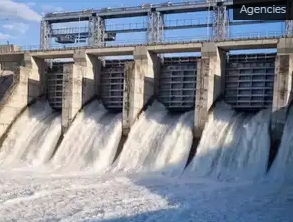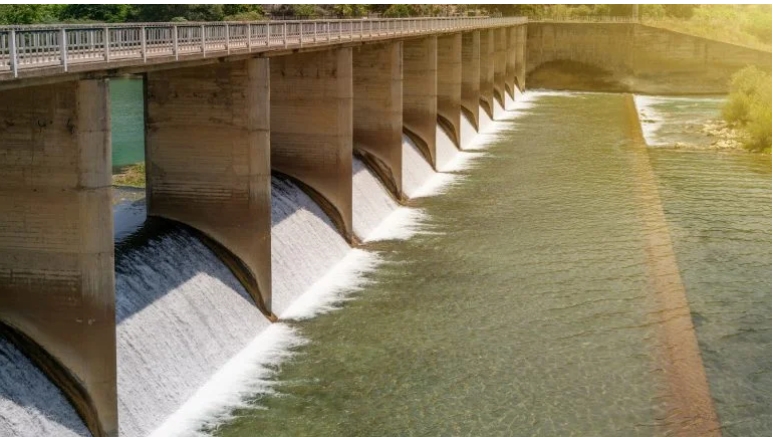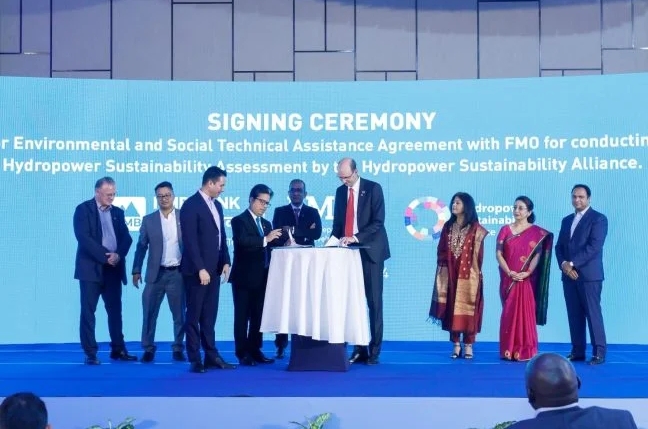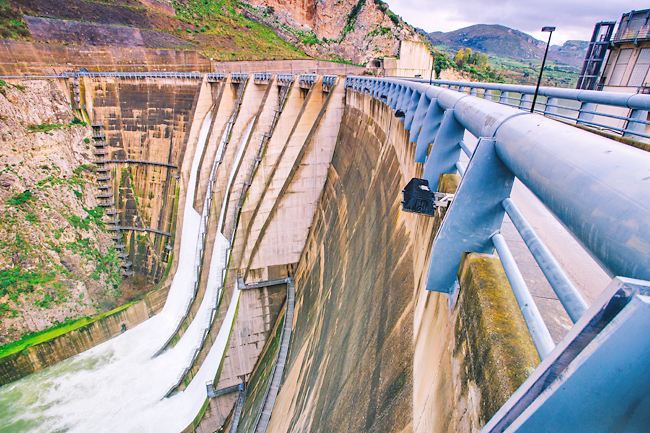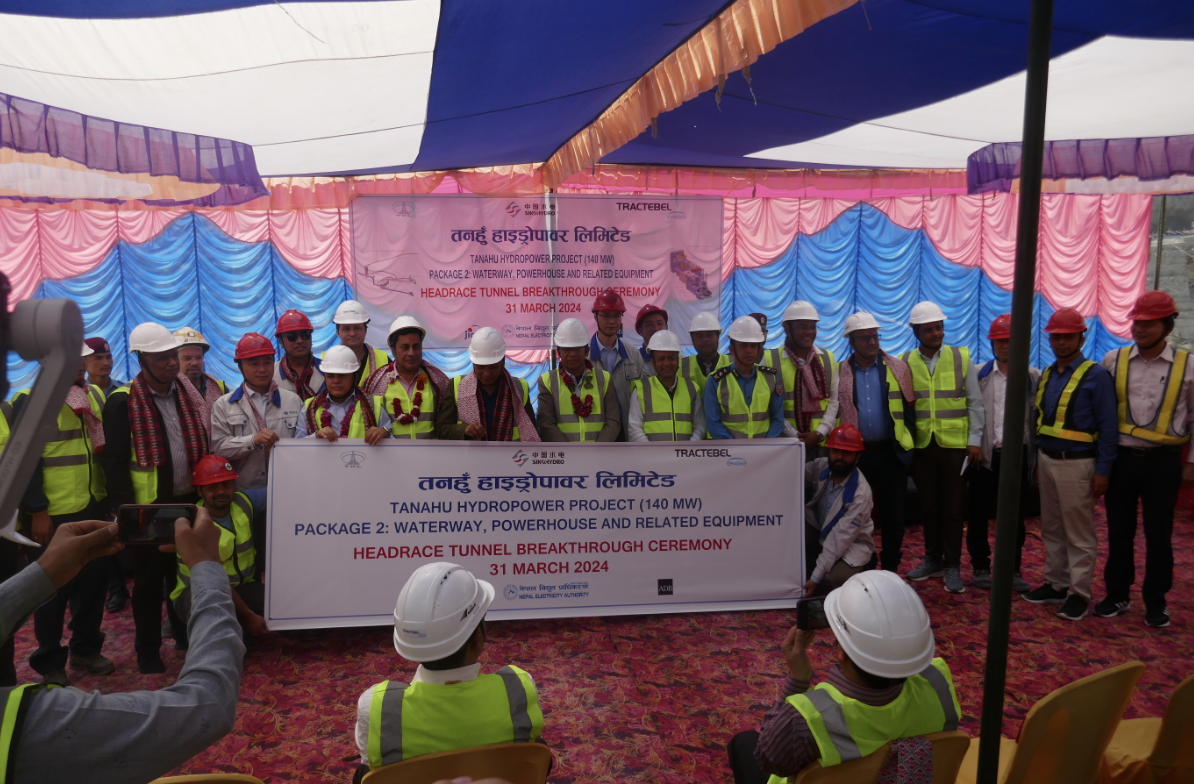Despite all the challenges that 2020 has brought, a staggering 50GW of green-hydrogen electrolysis projects have been announced this year, out of a current global total of 80GW, as more and more countries announce ambitious clean-hydrogen strategies to help them decarbonise transport, heating and heavy industry.
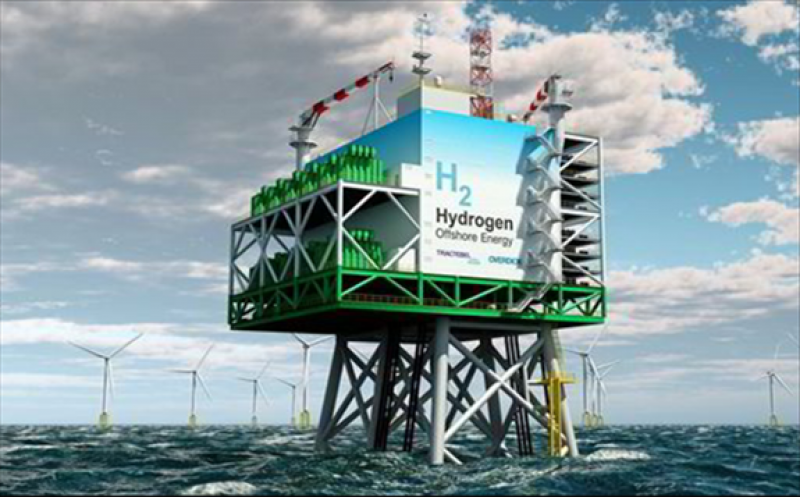
Many of these projects are gigawatt-scale, with the hope that their immense size will quickly bring down the cost of green hydrogen through economies of scale — in the same way that the prices of wind and solar power have fallen exponentially over the past decade.
It has been a remarkably rapid development for green hydrogen when you consider that the world’s largest electrolyser currently in operation is only 10MW, and that most of these gigawatt-scale H2 projects will also be among the planet’s largest renewables plants.
Here are the world’s 13 biggest green-hydrogen projects now under development — all gigawatt-scale and adding up to 61GW — led by a facility that would be both the largest ever wind farm, and the largest ever solar array.
1) Asian Renewable Energy Hub (14GW)
Location: Pilbara, Western Australia
Power source: 16GW of onshore wind and 10GW of solar to power 14GW of electrolysers
Developers: InterContinental Energy, CWP Energy Asia, Vestas, Macquarie
Planned use of H2: Green hydrogen and green ammonia for export to Asia
H2 output: 1.75 million tonnes per year (which would produce 9.9 million tonnes of green ammonia)
Planned date of completion: 2027-28
Expected cost: $36bn
Stage of development: Federal government has awarded AREH “major project status”, which will help to fast-track the project through permitting. State-level environmental approval had been given for a now-scrapped 15GW version of the project (which was to export electrons to Indonesia and Singapore), the developers are now submitting a second application for the 26GW project, which includes green ammonia facilities and the construction of a new town to house workers in remote north Western Australia.
2=) NortH2 (at least 10GW)
Location: Eemshaven, northern Netherlands
Power source: Offshore wind
Developers: Shell, Equinor, RWE, Gasunie, Groningen Seaports
Planned use of H2: To help power heavy industry in the Netherlands and Germany
H2 output: One million tonnes per year
Planned date of completion: 2040 (1GW by 2027, 4GW by 2030)
Expected cost: Not stated
Stage of development: Feasibility study under way, to be completed by July 2021
3=) AquaVentus (10GW)
Location: Heligoland, Germany
Power source: Offshore wind
Developers: A consortium of 27 companies, research institutions and organisations, including RWE, Vattenfall, Shell, E.ON, Siemens Energy, Siemens Gamesa, Vestas, Northland Power, Gasunie and Parkwind
Planned use of H2: General sale via a European hydrogen network
H2 output: One million tonnes per year
Planned date of completion: 2035 (30MW by 2025, 5GW by 2030)
Expected cost: Not stated
Stage of development: Early stage, project was only announced in August
4=) Murchison Renewable Hydrogen Project (5GW)
Location: near Kalbarri, Western Australia
Power source: Onshore wind and solar
Developers: Hydrogen Renewables Australia and Copenhagen Infrastructure Partners
Planned use of H2: A demonstration phase would provide H2 for transport fuels; an expansion stage would produce H2 to blend into local natural-gas pipelines; and a final, large expansion would produce H2 for export to Asia, with a focus on Japan and South Korea
H2 output: not stated
Planned date of completion: 2028
Expected cost: $10-12bn
Stage of development: Early stage
5=) Beijing Jingneng Inner Mongolia (5GW)
Location: Eqianqi, Inner Mongolia, China
Power source: Onshore wind and solar
Developer: Chinese utility Beijing Jingneng
Planned use of H2: Not known
H2 output: 400,000-500,000 tonnes per year
Planned date of completion: 2021
Expected cost: $3bn
Stage of development: Under construction
6) Helios Green Fuels Project (4GW)
Location: Neom, a planned city in northwest Saudi Arabia
Power source: Onshore wind and solar
Developers: Air Products, ACWA Power, Neom
Planned use of H2: To produce green ammonia (NH4), which would be transported around the world and converted back into H2 for use as a transport fuel.
H2 output: About 240,000 tonnes per year (to create 1.2 million tonnes of green ammonia annually)
Planned date of completion: Not stated, but first ammonia production due in 2025
Expected cost: $5bn
Stage of development: Early stage, project was announced in July
7) Pacific Solar Hydrogen (3.6GW)
Location: Callide, Queensland, Australia
Power source: Solar
Developer: Austrom Hydrogen, a start-up
H2 output: More than 200,000 tonnes per year
Expected cost: Not stated
Planned date of completion: Not stated
Planned use of H2: Export to Japan and South Korea
Stage of development: Early stage, project was announced in June
8) H2-Hub Gladstone (3GW)
Location: Gladstone, Queensland, Australia
Power source: Renewable energy, but not otherwise specified
Developer: The Hydrogen Utility (also known as H2U)
Planned use of H2: Green ammonia for export to Japan and other countries
H2 output: Not stated, but developer says it would produce “up to 5,000 tonnes of green ammonia per day”
Expected cost: $1.6bn (not including sources of power)
Planned date of completion: Not stated, but initial operations due to begin in 2025
Stage of development: Feasibility study under way, targeting approvals by 2023
9) HyEx (1.6GW)
Location: Antofagasta, Chile
Power source: Solar
Developers: Engie and Enaex
Planned use of H2: Green ammonia, half of which will be used at Enaex’s ammonium nitrate plant; the remainder will be targeted for fuel, green fertiliser and export markets.
H2 output: 124,000 tonnes per year (700,000 tonnes of green ammonia)
Expected cost: Not stated
Planned date of completion: 2020 (26MW pilot by 2024)
Stage of development: Early stage, project was announced in October
10) Geraldton (1.5GW)
Location: Geraldton, Western Australia
Power source: Onshore wind and solar
Developer: BP/BP Lightsource
Planned use of H2: Production of green ammonia for domestic and export markets
H2 output: Not stated, but about one million tonnes of green ammonia per year
Expected cost: Not stated
Planned date of completion: Not stated
Stage of development: Feasibility study under way
11) Greater Copenhagen (1.3GW)
Location: Greater Copenhagen area, Denmark
Power source: Offshore wind preferred
Developers: Orsted, Maersk, DSV Panalpina, DFDS, SAS
Planned use of H2: Hydrogen for buses and trucks, e-fuel (derived from green hydrogen and captured CO2) for shipping and aviation
H2 output: Not stated, but it would produce “250,000 tonnes of sustainable fuel” per year.
Expected cost: Not stated
Planned date of completion: 2030 (10MW pilot as soon as 2023, 250MW by 2027)
Stage of development: Feasibility study under way, with a view to a final investment decision in 2021
12=) H2 Sines (1GW)
Location: Sines, southwest Portugal
Power source: Undecided, but likely to be onshore wind and solar
Developers: EDP, Galp, Martifer, REN, Vestas
Planned use of H2: Domestic consumption and export
H2 output: Not stated
Expected cost: €1.5bn ($1.84bn)
Planned date of completion: 2030
Stage of development: Feasibility study under way
13=) Rostock (1GW)
Location: Rostock, Germany
Power source: Offshore wind and other renewable sources
Developer: Consortium led by RWE
Planned use of H2: All avenues being explored
H2 output: Not stated
Expected cost: Not stated
Planned date of completion: Not stated
Stage of development: Very early stage
